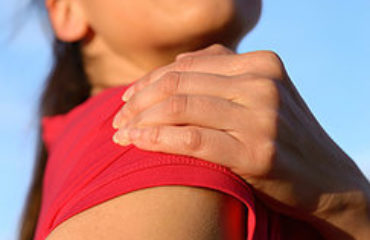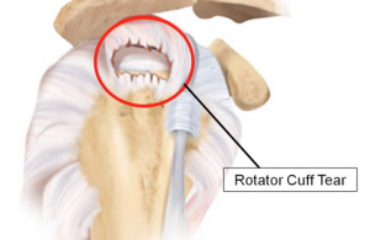What are menisci?
The medial and lateral menisci are two large C-shaped cartilages that are positioned on the top of the tibia bone in the knee joint.
Torn meniscus
It can be damaged because of a single event or it can gradually wear out because of age and overuse, causing degenerative tears. A torn meniscus occurs because of trauma caused by forceful twisting or hyperflexing of the knee joint.
Symptoms
Symptoms of a torn meniscus include:
- knee pain,
- swelling,
- popping
- buckling or giving way
- Intermittent swelling of the knee joint
- popping, especially when climbing up or down stairs,
- locking (the knee cannot be fully extended or straightened)
Risk factors
- Age: with growing age, cartilage begins to gradually wear out, losing its blood supply and its resilience. The better the blood supply, the better the potential for recovery. The outside rim of cartilage has better blood supply than the central part of the “C.” Blood supply to knee cartilage also decreases with age.
- Body habitus: Increased body weight also puts more stress on the meniscus. Routine daily activities like walking and climbing stairs increase the potential for wear, degeneration, and tearing.
Diagnosis
While physical examination may predict whether it is the medial or lateral meniscus that is damaged, a diagnostic procedure, such as MRI or arthroscopic surgery can locate the specific part of the cartilage anatomy that is torn and its appearance.
Treatment
Treatment of a torn meniscus may include observation and physical therapy with muscle strengthening to stabilize the knee joint. When conservative management is ineffective, surgery to repair or remove the damaged cartilage is needed.
Managing a torn meniscus due to injury:
- The first steps in treatment after the acute injury usually include rest, ice, compression, and elevation (RICE).
- Anti-inflammatory medications, such as ibuprofen (Advil, Motrin) or naproxen (Aleve), may help relieve pain and inflammation.
- Rest and elevation may also require the use of crutches to limit weight-bearing.
- Maintaining an ideal body weight will also help lessen the forces that can stress the knee joint. Shoe orthotics may be useful to distribute the forces generated by walking and running.
- If conservative therapy fails, surgery may be considered. Knee arthroscopy allows the orthopedic surgeon to assess the cartilage tear and potentially repair it. The goal of the surgery is to preserve as much cartilage as possible. Procedures include:
- meniscal repair
- partial meniscectomy
- total meniscectomy
- Microfracture surgery
Managing a torn meniscus due to Degenerative joint disease:
- Exercise and muscle strengthening to protect the joint and maintain range of motion.
- Anti-inflammatory medications to decrease swelling and pain arising from the knee joint.
- Cortisone medication injections to decrease joint inflammation and to bring temporary symptom relief that can last weeks or months.
- Hyaluronan preparations are approved for mild to moderate knee degenerative arthritis.
- Dietary supplements, including chondroitin and glucosamine, have yet to have their effectiveness proven, but many people find relief with their use.
- Joint replacement is the last resort for patients who have substantial degeneration of the knee with worn out cartilage. These individuals typically have recurrent or constant pain and limited range of motion of the knee, preventing them from performing routine daily activities.
Rehabilitation & Recovery
If a conservative, nonsurgical approach is taken, the pain and swelling of a torn meniscus should resolve within a few days. Maintaining a healthy weight becomes necessary.
If knee arthroscopy is performed, the rehabilitation process is aimed towards returning range of motion to the knee as soon as possible. Physical therapy is key here. Rehabilitation prior to the procedure is aimed at strengthening exercises for the quadriceps and hamstring muscles before surgery to prevent the routine muscle weakness that may occur immediately after an operation. After surgery, once the swelling in the knee joint resolves, the goal of therapy is to increase the strength of the muscles surrounding the knee, return range of motion to normal, and promote and preserve stability of the joint.


